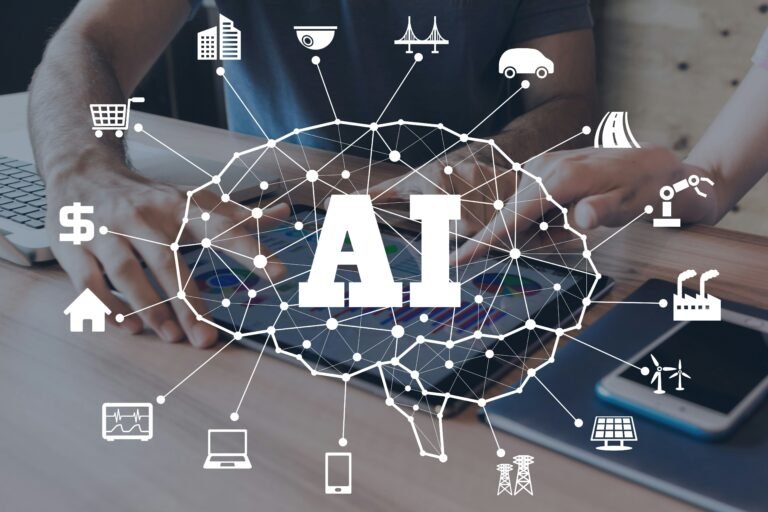Artificial Intelligence (AI) has rapidly evolved and has started shaping the way we live, work, and interact with technology. From virtual assistants like chatbots to self-driving vehicles, AI plays a critical role in nearly every facet of life. However, to navigate the complex AI landscape, it’s important to understand key terminology and concepts. This guide will help you decode common AI acronyms, abbreviations, slang, and provide insights into the primary goals and objectives of AI.
AI Acronyms
AI acronyms, abbreviations, slang, and primary goal—AI is a field filled with technical jargon, and understanding AI acronyms is essential to navigating this landscape. Here are some of the most commonly used acronyms in the world of AI:
- NLP – Natural Language Processing: Enables machines to understand and process human language.
- ML – Machine Learning: A type of AI where machines learn from data to improve performance over time.
- CNN – Convolutional Neural Networks: A deep learning algorithm often used in image and video recognition.
- RPA – Robotic Process Automation: Automates repetitive tasks within business processes.
These AI acronyms simplify the complex systems behind artificial intelligence, allowing both newcomers and experts to grasp the concepts with ease.
Artificial Intelligence Abbreviations
In addition to acronyms, AI also uses abbreviations to describe specific areas of the technology. Here are some important abbreviations:
- AGI – Artificial General Intelligence: AI systems that can perform any intellectual task that a human can do.
- ANI – Artificial Narrow Intelligence: AI designed to perform a specific task, such as recommending products or playing chess.
- CV – Computer Vision: Allows machines to interpret visual data and make decisions.
These abbreviations give you a deeper understanding of AI’s scope and its application across industries.
AI Slang Meaning
AI also comes with its own set of slang terms that reflect the cultural impact and rapid development of the field. Some examples include:
- AI Overload: Refers to the overwhelming speed at which AI technologies are evolving, making it difficult to keep up.
- The Singularity: A hypothetical point where AI surpasses human intelligence and becomes self-evolving.
- AI Winter: A period when AI research faced reduced funding due to unmet expectations or technological limits.
These slang terms provide insight into the broader narrative surrounding AI, from excitement to skepticism.
What One Word Best Describes What AI Can Do?
If you had to sum up AI in one word, it would likely be “Automation.” AI’s core objective is to automate tasks like data processing, pattern recognition, and decision-making. This allows humans to focus on more complex tasks while machines handle the repetitive, mundane ones.
Primary Goal of AI
The primary goal of AI is to create systems that perform tasks requiring human intelligence, such as problem-solving, decision-making, learning from experience, and recognizing patterns. AI’s purpose is to enhance human capabilities by automating routine tasks and assisting with complex problem-solving. Its ultimate aim is to make life more efficient, safer, and easier by reducing human effort.
What is the Primary Objective of AI?
AI’s primary objective goes beyond just mimicking human intelligence. It strives to improve human life by providing solutions to complex problems. Key objectives include boosting productivity, advancing medical research, enhancing customer experiences, and addressing global challenges like climate change and poverty. AI is increasingly used in fields such as healthcare, finance, and education to drive transformative change.
Conclusion
As AI evolves, understanding the terminology—AI acronyms, artificial intelligence abbreviations, and slang meanings—becomes essential for anyone interested in the field. The primary goal of AI is to replicate human intelligence, while its objective is to make life more efficient and innovative. Whether you’re a beginner or an expert, knowing these terms allows you to better understand how AI is shaping the future of technology and society.
